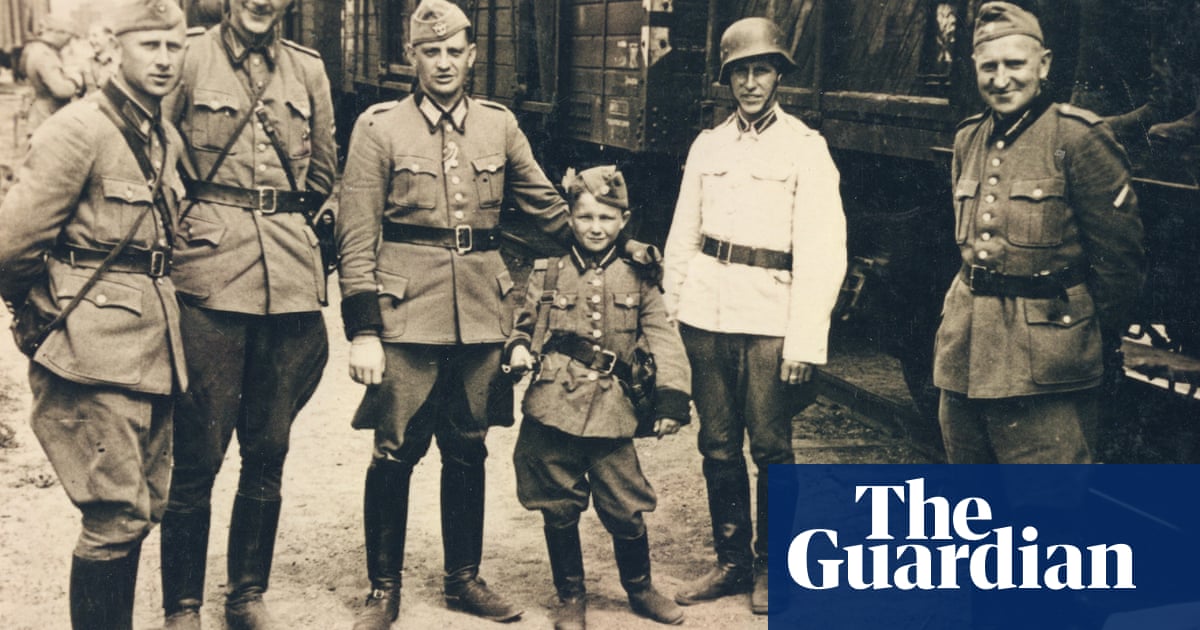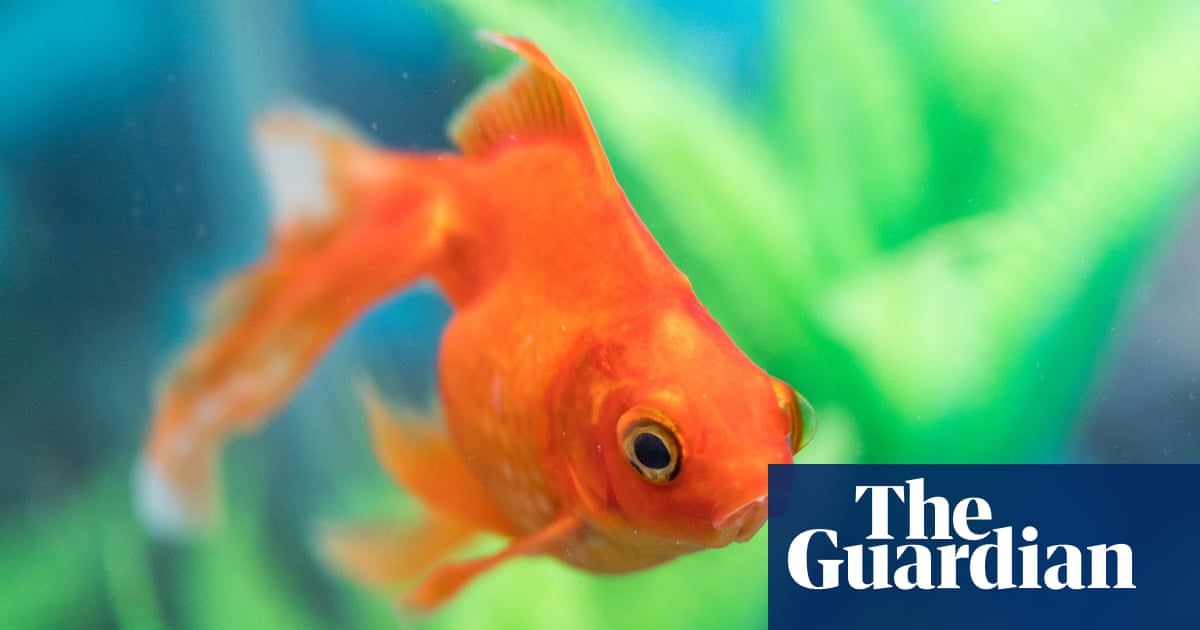
On Sunday, Russians will go to the polls to elect their president, and, if opinion polls are right, they will re-elect the incumbent Vladimir Vladimirovich Putin.
When recruited by President Boris Yeltsin as an aide, Putin was regarded as a rising star reflecting the Russian mood of the 1990s which favoured rapid westernization. Putin was a boy from Saint Petersburg, the city built by French and Italians for Peter the Great, the westernizing tsar.
In the first phase of his career as Prime Minister and then President, Putin reflected that mood with great gusto, forging close ties with Western leaders, notably President George W Bush and Prime Minister Tony Blair.
More importantly, through G-8 he coordinated policy with Western powers on a number of major international issues including the fitting of China’s rising economic power into the global system, Iran’s nuclear ambitions and the global war on terror.
That phase in Putin’s career ended in the first decade of the new century as he and his entourage felt that the Western powers did not give Russia the status it deserved.
More importantly, they feared that the “soft regime change” or “velvet revolution”, successfully tried in Georgia, Kyrgyzstan and Ukraine, may be used against them in Moscow. Anyone familiar with Russian thinking at this juncture would know that, bordering on paranoia, that fear inspires many of Putin’s more controversial policies including his surprising decision to forge an alliance with the Islamic Republic in Tehran.
In the second, still current, phase of his career President Putin has jettisoned his Petersburg sensitives to become a man of Moscow, the heart of Slavophilism which includes a deep suspicion of Western powers.
Conscious that the limits of the old Slavophile scenario, Putin tried to recast it in a new form dubbed “The Eurasian Initiative” option. Put simply, that “option” is aimed at creating a new bloc of Asian and European powers capable of developing an economic, cultural and military counterweight to what Putin sees as Western, especially American, hegemony.
So far, however, Putins "Eurasia" has attracted only Belarus and Kyrgyzstan. Iran is also keen to join but has been kept at the door by Russia, albeit in a friendly way.
The advent of Barack Obama’s presidency provided Putin with a golden opportunity to foster his “Eurasian” baby. Very quickly, Obama showed that one of his key policy aims was to restrain American power which he had always regarded as a force for evil in many parts of the world.
That policy led to the creation of the Russian phase “fortochka Obama” or the Obama window of opportunity, in Persian translated as “panjereh Obama”.
The idea didn’t make headway in China because the Beijing leadership knew that the continuation of the Chinese economic miracle depended on good relations with the US and access to its market.
For Russia and Iran, traditional foes since the 18th century, the United States remained a common enemy.
In a speech in Sochi in 2014, Putin claimed that the United States regards “Russia, because of its military might, China because of its rising economic power and Iran because of its nuclear program as enemies.”
Putin has tried to blame his government’s mounting difficulties on “a dangerous drop in revenues” largely thanks to the fall in energy prices.”
Since 2015 the Russian gross domestic product (GDP) has fallen by 9.8 percent while with the fall in industrial production at 8.2 per cent. With inflation hovering close to 13 per cent and unemployment edging above 12 percent, the Russian economy is in its worst shape for more than a decade.
The situation is no better in the Islamic Republic in Iran where the dire state of the economy is illustrated by the continuous fall in the value of the national currency,rial.
Putin tried to persuade China to transform the so-called Shanghai Group, set up to fight terrorism, into a military alliance that would also include Iran. When the Chinese wiggled out of the scheme, Putin focused his attention on “closer cooperation” with Tehran.
Russia and Iran share a number of grievances against the United States and its allies.
Both have been subjected to sanctions that have already hit their economies, compounding the effects of global recession. Both claim that the fall in oil prices represents a conspiracy by Washington and its oil-rich Arab allies to push Russia and Iran, both heavily dependent on export revenues, to the wall.
Analysts in Moscow believed that Russia and Iran could use the remainder of Barack Obama’s presidency to create “irreversible realities” in Eastern Europe, the Middle East and Central Asia.
They believed that America’s next president, who turned out to be Donald Trump against expectations, might not be as pliable as Obama.
Thus, Tehran and Moscow tried to use the “fortochka Obama” to achieve a number of goals.
First among these was to drag out talks on Tehran’s nuclear program long enough for Iran to reach the so-called “breakthrough” stage, which some experts believe was reached in 2015.
The next goal was to prop up what’s left of Bashar al-Assad’s regime in Syria to ensure that no alternative government structure could emerge there. Even if Assad controls what is known as “useful Syria,” that is to say 40 percent of territory with half the population that would be enough.
The next goal was to reduce the effect of sanctions. Russia agreed to market $20 billion worth of crude oil on behalf of Iran, circumventing the US-led scheme to freeze a good part of Iranian oil revenues.
More important, Russia also agreed to help speed up Iran’s nuclear program. In 2014 an agreement to build two more reactors in Bushehr was signed in Moscow as part of an accord to double bilateral trade within the five years.
After a decade of delays, Russia also delivered S-400 missile systems to Iran.
Moscow and Tehran also launched joint plans to modernize facilities in the Syrian ports used by both Russian and Iranian navies.
However, a Russo-Iranian alliance remains inherently unstable. A history of deep enmity can’t be dissipated overnight, especially when the two putative partners are rivals for domination in the Caspian Basin and Central Asia. More important, a 19th-century-style alliance may prove ineffective in the 21st century.
Heading for a new term, Putin is almost certain to realize that his “Eurasian” version of Slavophile sentiments is a pie in the sky. There are also signs that the mood in Russia is again changing, with the westernization option supported by new voices. The good news is that Putin is an opportunist, not an ideologue and open to persuasion, engagement and give-and-take.












